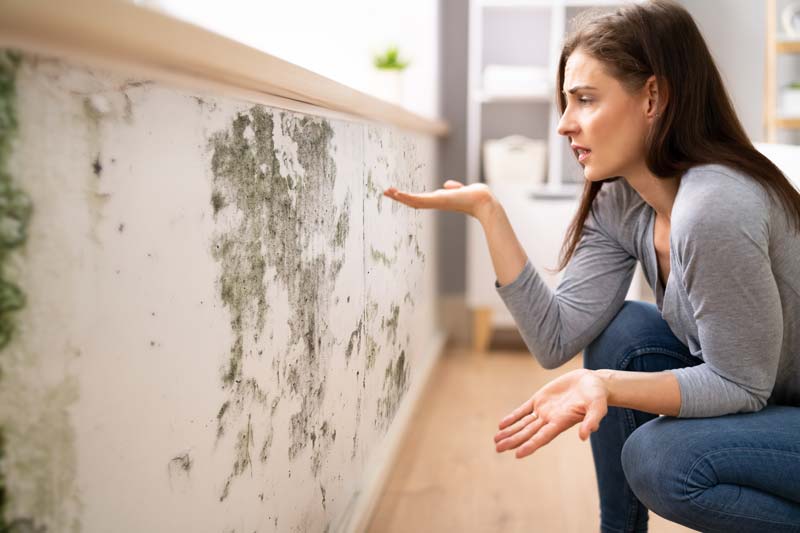Mold is one of the structures certain fungi can form. The dust-like, colored appearance of molds is due to the formation of spores containing fungal secondary metabolites. The spores are the dispersal units of the fungi, not all fungi form mold. Some fungi form mushrooms; others grow as single cells and are called micro fungi. Mold growth in buildings generally occurs as fungi colonize porous building materials, such as wood. Many building products commonly incorporate paper, wood products, or solid wood members, such as paper-covered drywall, wood cabinets, and insulation. Interior mold colonization can lead to a variety of health problems as microscopic airborne reproductive spores, analogous to tree pollen, are inhaled by building occupants. High quantities of indoor airborne spores as compared to exterior conditions are strongly suggestive of indoor mold growth.




